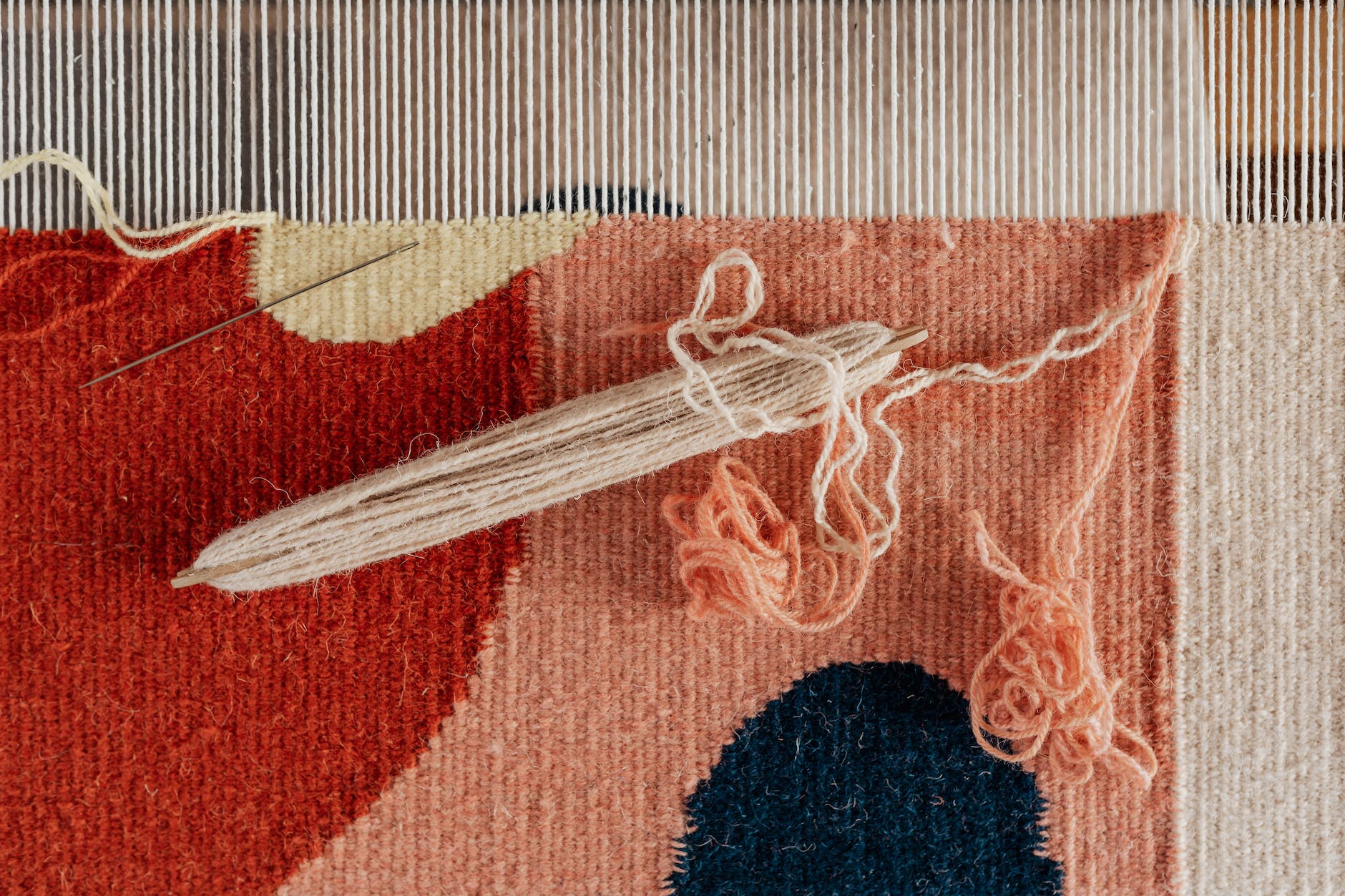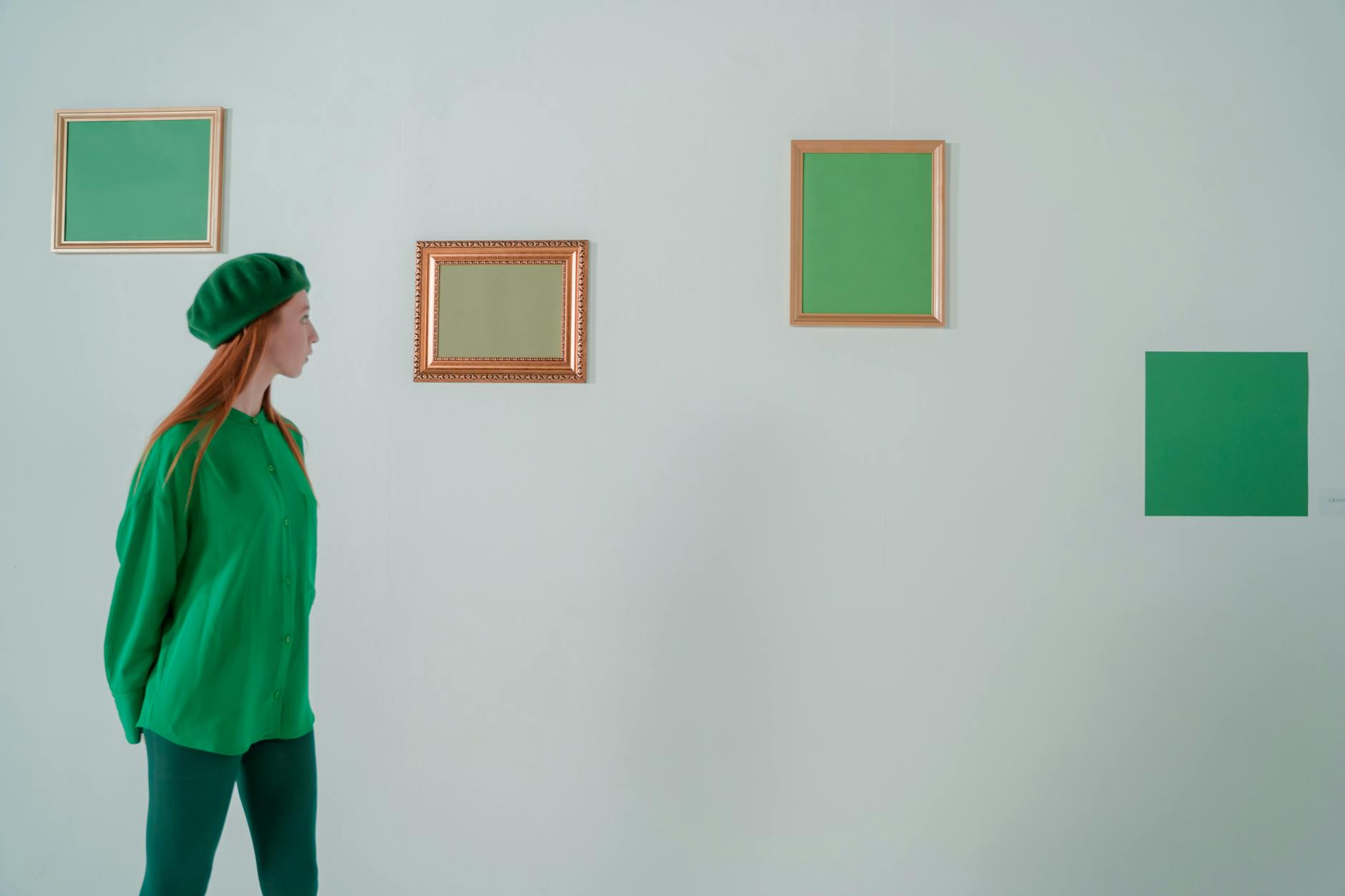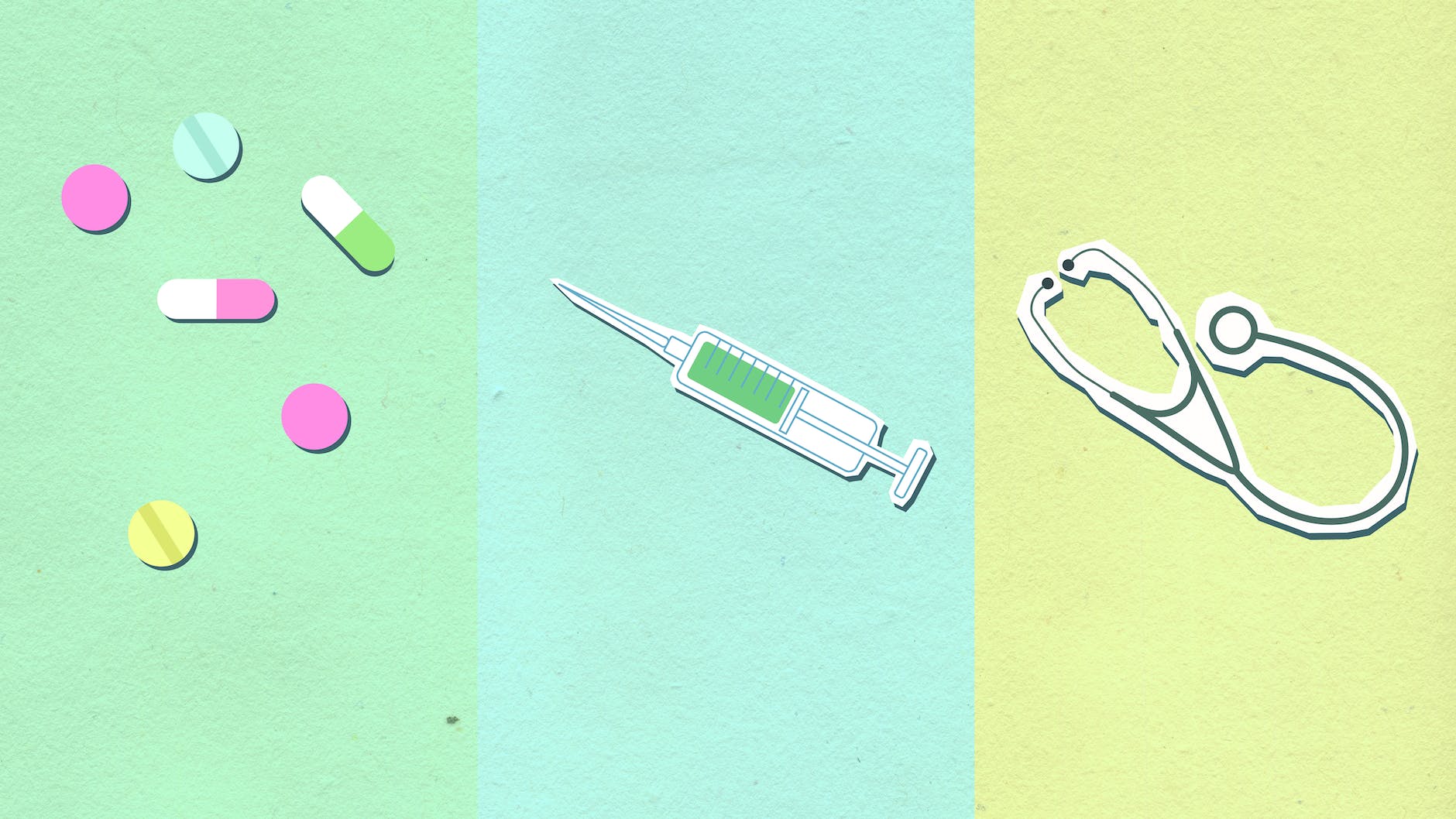Art has always served as a potent tool for expressing and understanding human consciousness. Its ability to aid in comprehension, communication, and connection makes it a vital part of our lives, especially in situations where mere words wouldn’t suffice. Psychedelic art, in particular, offers a distinct spin on this, intertwining creativity and consciousness in a way that possesses profound therapeutic benefits. This has led to the exploration of psychedelic therapy through art, a fascinating intersection between mental health, healing, and creativity.
Psychedelic art refers to art influenced by the use or depiction of psychedelic substances. At its core, psychedelic art seeks to replicate or stimulate the altered consciousness associated with a psychedelic experience. It is recognized by its vibrant, kaleidoscopic colors, intricate patterns, and surreal landscapes, all combining to offer a tangible representation of an otherwise intangible mental experience. Although often associated with the 1960s counterculture movement, the influence and presence of psychedelic art are still very much alive today.
More significant than its aesthetic appeal, the therapeutic benefits of creating psychedelic art are gaining recognition in the mental health landscape. For one, the process of creating psychedelic art promotes mindfulness and focus, serving as a form of healing meditation. Art therapy has long been acknowledged for its therapeutic benefits, with studies demonstrating its effectiveness on stress reduction and improving mental health. The act of letting one’s imagination flow freely onto a canvas encourages self-expression, which can offer valuable insight into one’s thoughts and feelings.
However, when the artwork created takes on a psychedelic tone, it potentially enables a deeper level of subconscious exploration. In other words, psychedelic art can act as a physical representation of the artist’s internal processes, making it easier for both the individual and a therapist to understand and address the underlying issues.
Psychedelic therapy, where hallucinogenic substances are used in a controlled, therapeutic setting, has shown promising results for various mental health conditions, including depression, anxiety, and post-traumatic stress disorder (PTSD). It’s believed that through the process of creating psychedelic art, individuals can similarly access, confront, and make sense of complex emotional states and traumas that traditional talk therapy can sometimes struggle to reach.
Art therapy and psychedelic therapy share some commonalities; both encourage individuals to navigate their subconscious, facilitating healing and personal growth. As such, combining the two, creating psychedelic art as part of therapy, can provide the same benefits. Following a psychedelic experience – whether literal through the use of substances, or figurative in the form of psychedelic art – individuals often undergo significant changes in perspective, leading to personal and emotional growth.
The ability of psychedelic art to capture and represent thought patterns, feelings, or experiences that are otherwise hard to verbalize can also aid in opening dialogues, both internally and externally. Expressing oneself through psychedelic art can offer a feeling of release, a cathartic response that can contribute significantly to mental wellbeing.
It’s evident that the transformative power of psychedelic art goes far beyond simple aesthetics. This form of creative expression can offer unique therapeutic benefits, facilitate improved mental health, and even potentially change perspectives on life itself, demonstrating the true power of art as a healing tool.
While there’s no one-size-fits-all solution to addressing mental health, the versatility and accessibility of art, in its many forms, make it a viable option for many. The concept of psychedelic art as a form of therapy is an exciting, albeit underexplored, area that could revolutionize our understanding of art, consciousness, and healing, promising a colourful future for mental health therapy.
Sources:
1. Art Therapy and Mental Health
2. Mindfulness-Based Art Therapy
3. Psychedelic Art Movement
4. Art Therapy and Stress Reduction
5. Psychedelic Therapy and Mental Health








